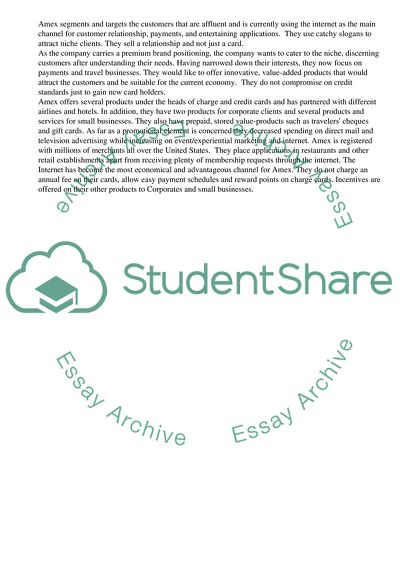Cite this document
(AMEX's Performance - Strategy of the Company That Safely Transports Cu Research Paper, n.d.)
AMEX's Performance - Strategy of the Company That Safely Transports Cu Research Paper. Retrieved from https://studentshare.org/business/1721123-the-american-express-card
AMEX's Performance - Strategy of the Company That Safely Transports Cu Research Paper. Retrieved from https://studentshare.org/business/1721123-the-american-express-card
(AMEX'S Performance - Strategy of the Company That Safely Transports Cu Research Paper)
AMEX'S Performance - Strategy of the Company That Safely Transports Cu Research Paper. https://studentshare.org/business/1721123-the-american-express-card.
AMEX'S Performance - Strategy of the Company That Safely Transports Cu Research Paper. https://studentshare.org/business/1721123-the-american-express-card.
“AMEX'S Performance - Strategy of the Company That Safely Transports Cu Research Paper”, n.d. https://studentshare.org/business/1721123-the-american-express-card.


